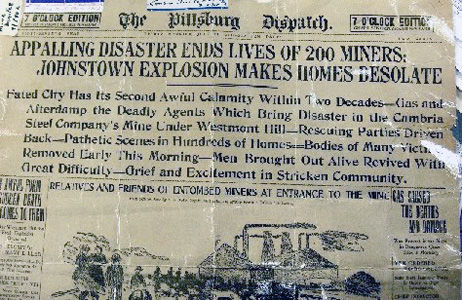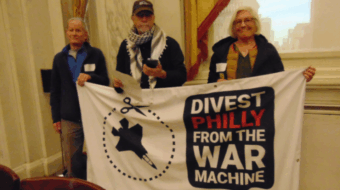
On July 10, 1902, a powerful explosion occurred in the Rolling Mill coal mine in Johnstown, Pennsylvania. Most of the 112 miners who lost their lives in this disaster were immigrants from England, Poland and Slovakia.
The explosion was attributed to firedamp, a concentration of flammable gases, especially methane.Seven of the deaths in the disaster were caused by the explosion. The other miners, as well as the mine animals, were killed by a toxic asphyxiating gas called afterdamp that spread through the mine as they fled to the only other exit, several miles away.
The disaster devastated the immigrant community in Johnstown and provoked calls for investigations and greater safety measures. The Rolling Mill Mine Disaster still ranks as one of the most deadly mining accidents in the history of the United States.
The Federal Coal Mine Health and Safety Acts of 1969 and 1977 created the Mining Enforcement and Safety Administration (MESA) later renamed the Mine Safety and Health Administration (MSHA).
MSHA’s responsibilities paralleled those of Occupational Safety and Health Administration (OSHA) but focused on underground and surface mining of coal. The legislation was more comprehensive and stringent than previous federal laws governing the mining industry. It required inspections and increased federal enforcement powers
The Coal Act required monetary penalties for all violations, and established criminal penalties for knowing and willful violations. The safety standards for all coalmines were strengthened, and health standards were adopted.
The Coal Act also included specific procedures for the development of improved mandatory health and safety standards, and provided compensation for miners who were totally and permanently disabled by the progressive respiratory disease caused by the inhalation of fine coal dust pneumoconiosis or “black lung“.










